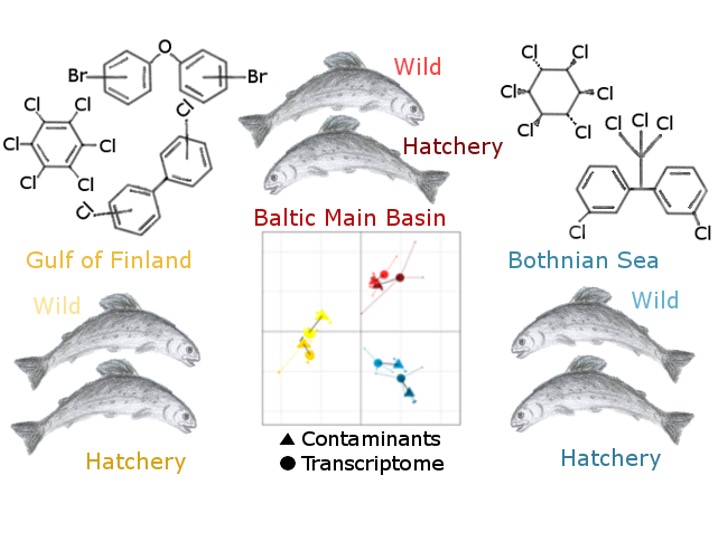Effects of organohalogen pollution are coded in hepatic gene expression profiles of Baltic salmon
Researchers of Ehime University and the University of Helsinki measured hepatic organohalogen (OHC) concentrations and gene expression profiles in Atlantic salmon collected from three areas in the Baltic Sea. The results showed that OHCs and gene expression profiles were individually grouped in three areas and the covariation of the two datasets provided by a multivariate method was significantly similar. This suggests that the gene expression profiles in salmon are affected by OHC contamination.
Hatchery-reared Atlantic salmon (Salmo salar) have been released to support the wild salmon stocks in the Baltic Sea for decades. During their feeding migration, salmon are exposed to organohalogen compounds (OHCs). Here, we investigated the OHC levels and transcriptome profiles in the liver of wild and hatchery-reared salmon collected from the Baltic main basin, the Bothnian Sea, and the Gulf of Finland and examined whether salmon origin and OHC levels contributed to the hepatic transcriptome profiles. There were no differences in the OHC concentrations and transcriptome profiles between wild and hatchery-reared fish but there were large differences among the areas. Several transcript levels were associated with polychlorinated biphenyls, chlordanes, and dichlorodiphenyltrichloroethane in a concentration-dependent manner. When comparing the different areas, lipid metabolism, environmental stress, cell growth and death-related pathways were enriched in the liver transcriptome. Coinertia analysis, a multivariate method, showed that the covariation in the OHC levels and the transcriptome were significantly similar. These results suggest that the hepatic transcriptomes in wild and hatchery-reared salmon are more affected by the OHC level than the salmon’s origin. This paper was published in an American Chemical Society Journal, Environmental Science and Technology on November 9, 2020.
Reference URL: https://dx.doi.org/10.1021/acs.est.0c04763
Bibliographic Information
Effects on the Liver Transcriptome in Baltic Salmon: Contributions of Contamination with Organohalogen Compounds and Origin of Salmon
Mirella Kanerva, Nguyen Minh Tue, Tatsuya Kunisue, Kristiina Vuori, and Hisato Iwata
Environmental Science & Technology, 54, 15246-15256, 2020, https://dx.doi.org/10.1021/acs.est.0c04763
Fundings
- JSPS KAKENHI Grant-in-Aid for Scientific Research(S)26220103
- JSPS KAKENHI Grant-in-Aid for Scientific Research(A)19H01150
- JSPS KAKENHI Grant-in-Aid for JSPS fellows 17F17731
- MEXT Joint Usage/ Research Center-Leading Academia in Marine and Environment Pollution Research (LaMer)
Media
-

Relationship between OHC levels and transcriptome profiles in salmon collected from three areas of the Baltic Sea
Hepatic transcriptomes in salmon are affected by OHC contamination
credit : Reprinted with permission from Environmental Science & Technology. © 2020 American Chemical Society
Usage Restriction : Please get copyright permission
Contact Person
Name : Mirella Kanerva, Hisato Iwata
Phone : +81-89-927-8172
E-mail : kanerva.mirella_mariia.yt@ehime-u.ac.jp, iwata.hisato.mz@ehime-u.ac.jp
Affiliation : Center for Marine Environmental Studies (CMES)

